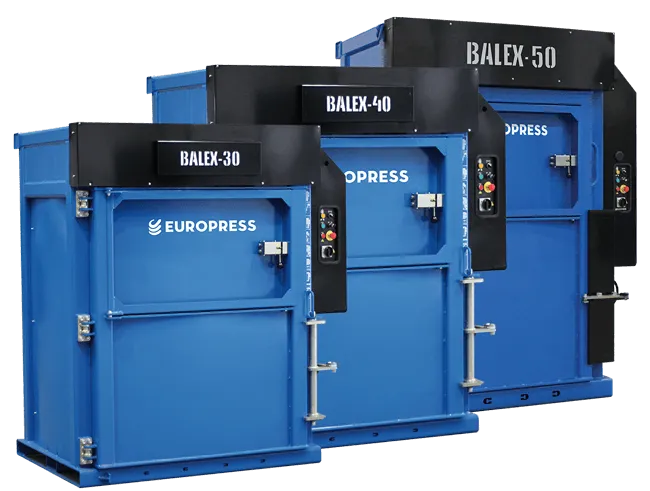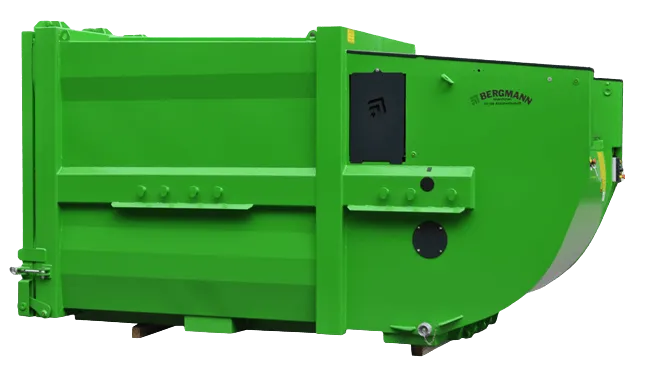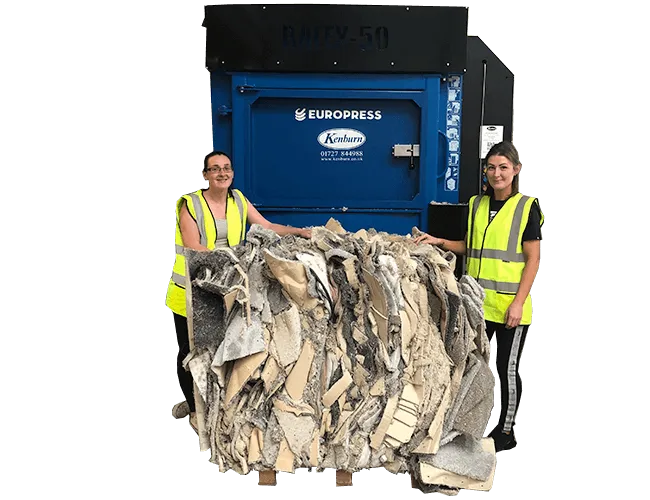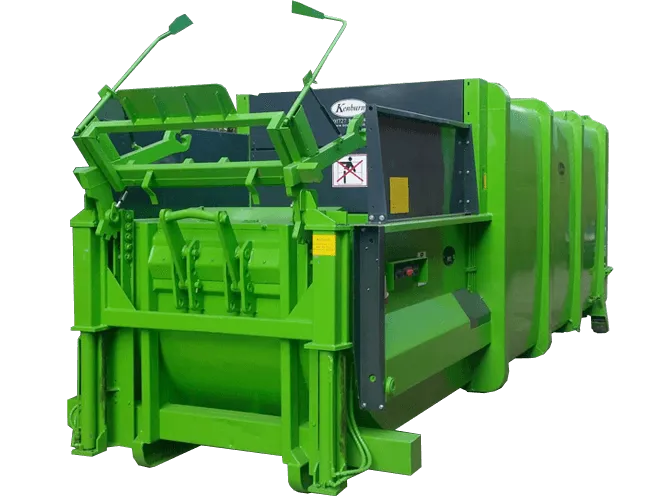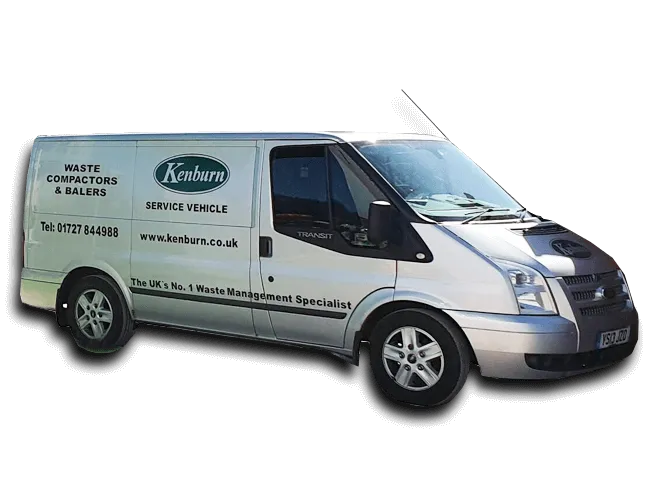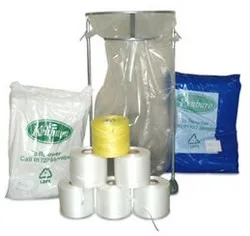What is hazardous waste?
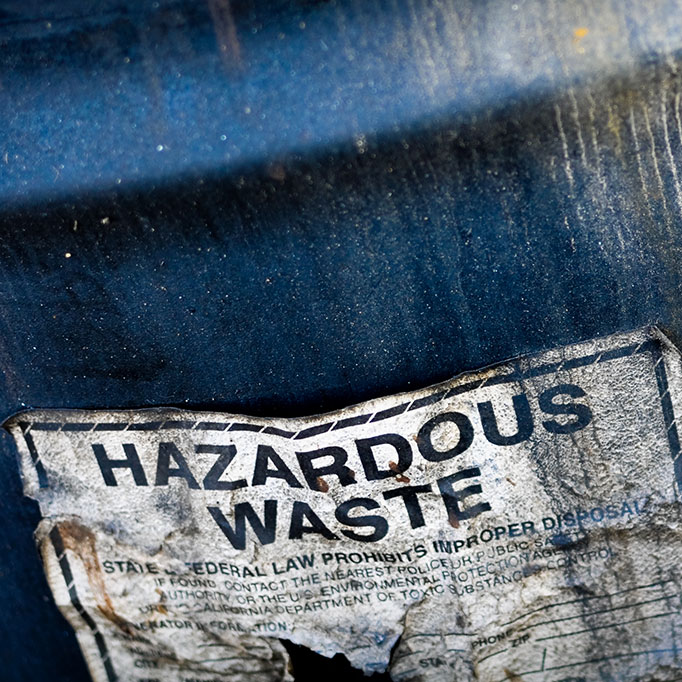
Hazardous waste is any type of waste material that is potentially harmful or dangerous to human health and/or the environment. It may take the form of solids, liquids or gases, from cleaning products and chemicals to contaminated hospital waste such as dressings and needles.
Hazardous waste is primarily generated as a result of chemical production, manufacturing and industry.
Examples of hazardous waste include:
- Batteries – both domestic and vehicle
- Solvents
- Asbestos
- Anti-freeze
- Pesticides and insecticides
- Chemicals
- Fluorescent light bulbs
- Oils – such as motor/engine oil
- Applications which contain ozone depleting substances – such as fridges and air conditioning units
- Hazardous waste containers
Toxic waste is any material – whether liquid, solid or gas – that may cause harm if it is swallowed, inhaled or absorbed through the skin. Electronic items such as TVs, computers and mobile phones may contain toxic chemicals that contaminate water and soil and pollute the air. This is why it is imperative they are disposed of properly and why they are separated at refuse sites.
Why is it essential that you dispose of hazardous waste properly?
You have a duty of care to ensure that all waste matter your business produces is disposed of correctly, in order to ensure there is no risk of damage to the environment from inadequate storage, treatment, transportation or disposal.
Extra requirements and regulations must be adhered to if you are a:
- Waste producer/holder – you produce waste directly or store it for others
- Waste carrier – you collect and transport waste
- Waste consignee – you receive waste for recycling or disposal
If you produce or store hazardous waste you must:
- Classify any waste material produced to determine if it is hazardous
- Separate and store any hazardous waste away from non-hazardous waste
- Use an authorised business to collect and dispose of your hazardous waste
- Ensure you fill in the consignment note, keeping one copy for your records and handing two copies to the carrier.
- Keep your records for a minimum of three years at the premises which handled or stored the waste.
Disposing of domestic hazardous waste
Domestic hazardous waste cannot go straight into the bin for general refuse or into your kerbside recycling boxes. There are several ways to safely dispose of hazardous domestic matter:
- Recycle – most supermarkets provide recycling facilities for batteries, mobile phones, water filter cartridges and printer cartridges. Your garage should be able to recycle waste oil and car batteries.
- Use a pickup service – depending on your area, you may have access to a community collection service, but you may have to pay a fee.
- Use a drop-off facility – a public waste centre should provide facilities to dispose of hazardous items such as paint, oil and pesticides.
- Use a postal service – request a postal recycling kit, specific to the waste you need to dispose of.
- Establish a community drop off – consult a waste management company or your local council for a one-off drop off or a regular collection, depending on the needs of your neighbourhood
Dealing with non-hazardous waste
Once you have identified and separated your hazardous and non-hazardous waste and made the correct arrangements to dispose of any hazardous material, you can deal with your non-hazardous waste.
For smaller businesses, save on storage space and decrease output and expenditure on waste management with a Kenburn waste baler, which quickly and efficiently compacts cardboard and plastic into solid blocks of recyclable material.
Safe and simple to use, whether you choose a vertical baler or a horizontal baler, every model is efficient and easy to maintain, with a low noise output designed to minimise disruption in the workplace.
Buy, lease or hire a waste baler to suit the needs of your business, with vertical capacities ranging from 30kg to 600kg and horizontal capacities ranging from 250kg to 1000kg.
A portable or static Kenburn waste compactor uses weights to compress waste material into a smaller size, reducing the space you need to store it. You will also need fewer waste collections due to the compact size, with less waste being sent to landfill.
Depending on the size and nature of your business, choose a portable or static waste compactor, with either wet or dry features. Specialist wet waste compactors are designed to compact and compress wet waste material such as food waste. This is often heavier than dry waste such as wood, metal and glass due to its high water content.

